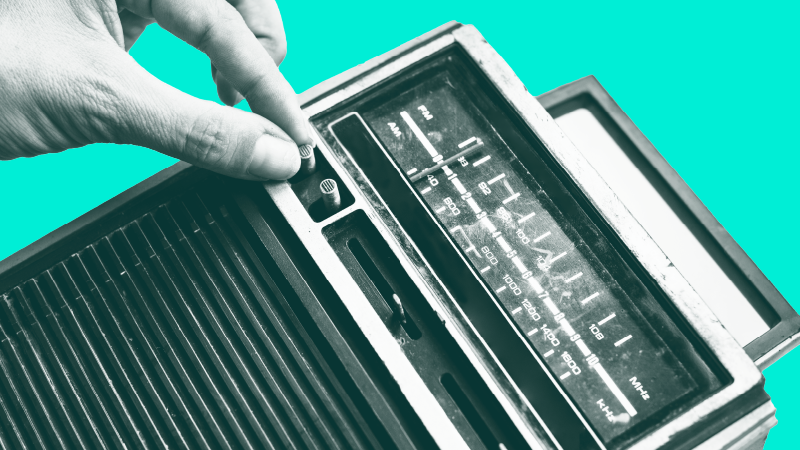Search Engine Optimisation (SEO) is the process of improving your website to help increase your organic visibility in search engines for keyphrases relevant to your business or content. This is not to be confused with Search Engine Marketing (SEM) which is a paid strategy to increase your rankings for chosen key phrases. The ads typically appear at the top of the page above the organic listings.
Do I need to improve my SEO?
A great start is to head to Google and search for a term that relates to your site….
For example, if you are a Mobile Phone provider, Google ‘Mobile Phones Jersey’. Try a few variations of these phrases – maybe ‘Buy Mobile Jersey’, ‘iPhone Jersey’ or ‘mobile phone deals’. After all, it is unlikely, unless you are a household name, that the customer will actually google your business name when searching for the service or product you provide.
How did you do? Did you rank on the first page of Google? The second page? Or further down the search? Did you notice many paid ads?
The goal here is always to be on the first page of Google when searching for something that relates to your business, as most customers are unlikely to look beyond page one of the Google search results.
The good news is that you can improve this ranking, move higher up on the search list and even get to the first page.
How do Google Algorithms work?
Search engines scan different elements of your website to understand what it is really about, and your ranking on Google is determined by a number of things (which we will explain below). The ranking has good reason – it helps Google to ensure that it delivers the most relevant website to the initial search term that the user has Googled. It wants to make sure that the user gets the most useful content for their search.
Although Google will never give away the ever-changing algorithms used to rank websites, our Digital Marketing team have a pretty good understanding of what works. Essentially, it’s all about showing Google that your website is trustworthy and relevant.
My site isn’t ranking well. What do I do?
Search Engine Optimisation or SEO is basically a way of helping Google’s scanners, spiders or bots quickly scan your website and label it as relevant for a group of key phrases that are associated with your business offering. You have to do the market research, choose these keywords or phrases, and then ensure your site is actually centring around those things.
Here are some easy steps to begin your journey to awesome SEO.
1. Create relevant content
It is important to think like the user so you have them in your mind when creating content for your site. After all, the whole point of the Google Algorithm is to ensure the user is getting the most relevant search for them. This can be done by frequently using the keyphrase you want to rank for in google and answering the questions you think your audience needs answering.
2. Optimise your Title Tags and Meta Descriptions
Your title tags and meta descriptions are some of the most important and visible pieces of SEO work you can do. This is what people will see when you appear for the specific key phrase they have searched for. So it is important that both are relevant and encourage a click through to the page. To optimise your title tags and meta descriptions you should make sure they:
- Include your Key Phrase
- Are the correct length for mobile and desktop (60 characters or less for title tags and 160 characters or less for meta descriptions)
- Clearly explain the benefit of clicking through to the page
- Are original to your page. Don’t duplicate either!
3. Add Internal and External Links
Internal links are hyperlinks that direct readers to other pages on your website, whereas external links are hyperlinks that direct people to pages on a different website. Both are important for SEO and don’t take long to implement.
Internal links will help keep viewers engaged with your website for longer and will increase the authority of your site which will lead to higher search rankings. To optimise your internal links you should make the clickable text as descriptive as possible to make it clear to the search engine bots what your page is about.
Similarly to internal links, external links can help increase the authority of your site and provide a better overall experience for your users. Linking to trustworthy pages with high traffic will improve the credibility of your website, whereas linking to insecure, irrelevant pages will lower your rankings in the search engines and therefore reduce your website traffic. To access a website authority and page traffic we would recommend using the Ubersuggest tool.
4. Assign Alt Text to your Images
Alt text refers to a description assigned to an image on your website. The original purpose of Alt text is to describe the appearance and function of an image to users who cant see them. This includes readers and browsers that block images as well as users who are sight-impaired. There are also SEO benefits when adding appropriate Alt text to your images as it allows the search engine crawlers to better understand the purpose of your page and therefore increase your rankings for the relevant key phrases.
To optimise your Alt text you should:
- Be as specific as possible
- Keep it relatively short (120 characters or less)
- Don’t overuse your key phrase (only include your key phrase when relevant)
5. Update Existing Content
It can take hours to create new blogs for your website that are truly engaging and informative for your users. However, you don’t always need to start from scratch. If you already have a large library of content on your site, updating or repurposing your existing content is a great SEO quick win. Going back and making your content more relevant and up to date will help increase your rankings and boost your site’s traffic without the need for a brand new concept, copy or imagery.
This will also provide you with more content for your social media channels which will help drive even more traffic to the page and gain the trust of the search engine bots and crawlers. And we know that the more trustworthy your site looks to the search engines, the higher you are going to rank and the more traffic you are going to receive.
6. Set relevant Keyphrases
Your Keyphrase is the term that you want your page to rank highest for within Google Search. This can be implemented in WordPress using tools such as Yoast SEO. The ideal Keyphrase will be relevant to your article or page, highly searched for on a monthly basis and have a relatively low amount of competition. But how do you get this data? There are a number of tools out there that you can use to find the best keyphrase for your page. These include:
Google Ads Keyword Planner (Requires a Google Ads account)
Once you have found the Keyphrase that works best for your page and implemented it into WordPress you need to:
- Include the keyphrase throughout the page copy and headings
- Add the keyphrase to some of your Alt tags
- Use the Keyphrase at the start of your Title Tag
- Mention the Kephrase within your meta description
Using the Kephrase consistently throughout your page is great for SEO. But it is possible to overuse your Keyphrase which will have the opposite effect on your SEO efforts. We would recommend using it once per paragraph, and in every other Alt tag to avoid your content being penalised by Google.
Need help creating content for your website and boosting organic traffic? Get in touch today!







